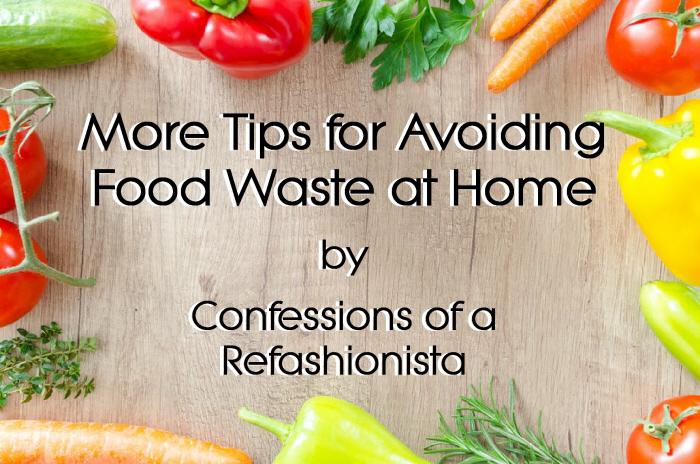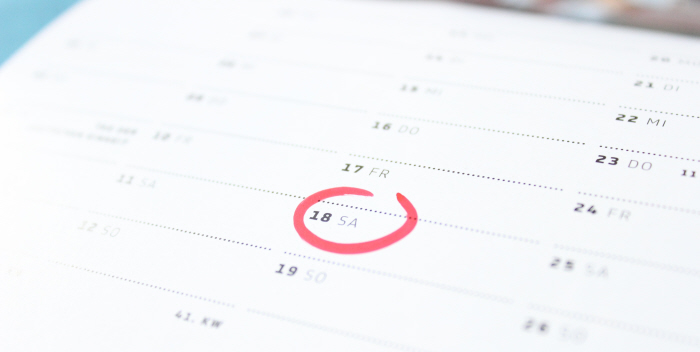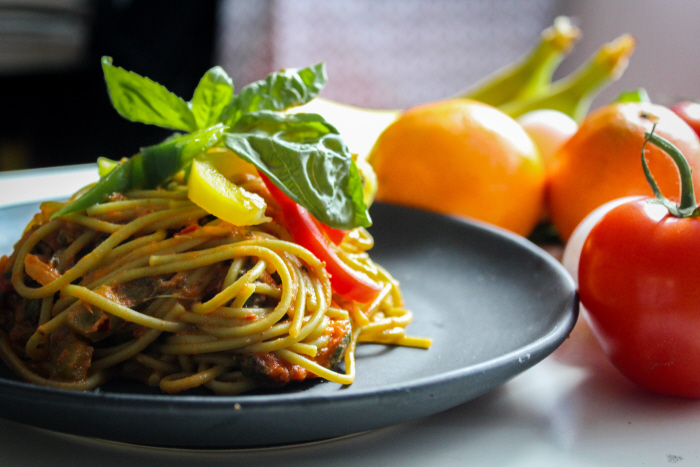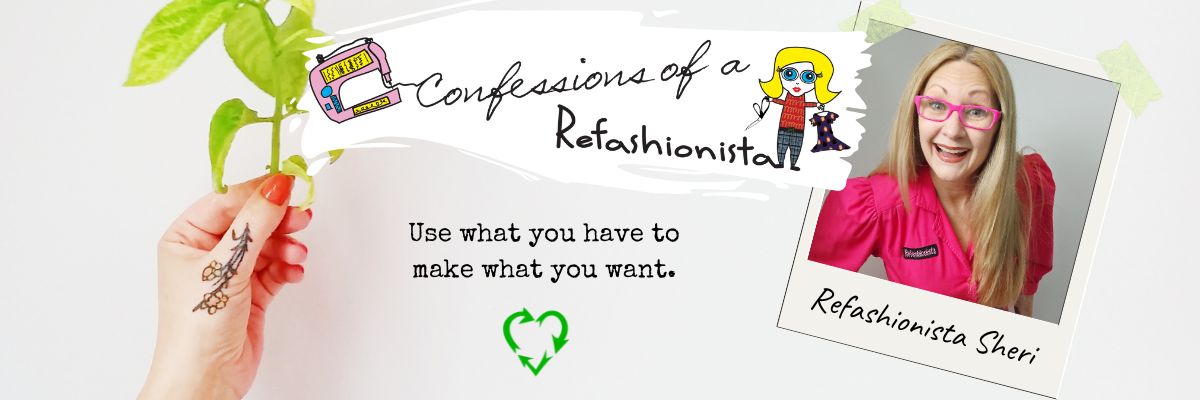I’ve put together a bunch more tips for avoiding food waste at home to help you get started tackling climate change from your own kitchen!

Just in case you missed it head on over here for my first round of facts, stats and tricks for avoiding food waste at home.

Best before dates are required for manufacturing however according to the Canadian Food Inspection Agency, you can consume foods after the best-before date has passed however when the date has passed, the food may lose freshness and flavour, the texture may change and some of the nutritional value may be lost as well.
Food safety dates explained:
Best-before: These dates refer to food quality rather than food safety. When unopened and stored under the ideal conditions the product should be of high quality until the specified date.
Use-by: These dates refer to safety. Food can safely be consumed up to the end of this date but not after, even if it appears fine. Always follow storage instructions.
Display until/Sell by: These dates are for shop staff and can be ignored by shoppers.

Save food by freezing it in its tracks. Food can be frozen and kept fresh right up to the use-by date. Make sure to label it so you don’t end up with freezer full of UFOs (unidentified frozen objects).

Love your leftovers!
- Save time and money by packing leftovers for lunch as you tidy up dinner then have them fresh from the fridge the next day!
- Use as pre-cooked ingredients! Simply pop them in a pot or pan with sauces and fresh ingredients and your nearly done a delicious new meal!
- Use up those nearly expired ingredients and blend them up with a container of leftovers to create scrumptious soups and stews!
- Add leftovers to pitas, wraps and omelettes for a quick meal.
- Share and swap your leftovers with workmates and friends for a meal you didn’t have to cook!
- Create a leftovers/use-by dinner party and have your guests bring items that need to be eaten from their fridges and cupboards.

Leftover safety tips:
- Store and refridgerate leftovers within 2 hours of cooking, divide into portion containers to cool faster and then seal once cooled.
- Consume leftovers within a few days. Eat cold from the fridge or reheat. Leftovers last for at least 2 months when frozen. Be sure to label containers with contents and date.
- Raw meat that has been defrosted and cooked is safe to refreeze.
- It is not recommended to reheat leftovers more than once but if you do be sure to relabel as it’s easy to lose track of their age.
Since returning to Canada I am constantly shocked at what is tossed in trash. Average households throw textiles, furniture and food into the garbage without a second thought. Education is key to solving this which is why I continue to work so hard creating informative & entertaining content for free but I can’t tackle it alone and absolutely need to have my fellow anti-waste warriors share my content to help convince others that small lifestyle changes really can make a difference.
Grab all of my fab tutorials + budget friendly sustainable lifestyle tips and eco-living tricks here then transform your entire wardrobe for pennies with all of my groovy CoaR tutorial collections right here:








Another tip – the “holes” in ice cube trays are about 2 tablespoons. Freeze things in ice cube trays then pop them into a labeled container or baggie.
That way, when you pull out a cube of frozen whatever you’ll know exactly how much you have to work with. Tomato sauce, yogurt, cream cheese, raw hamburger, soup, pureed strawberries, etc.)
And some things you can freeze in “dot” form. Measure out a spoonful, drip it onto a wax paper covered cookie sheet, freeze and put all the dots into a labeled container or baggie. Yogurt, cream cheese, frosting, sauces, gravies, etc.
Fab tips! Thanks for sharing ♥